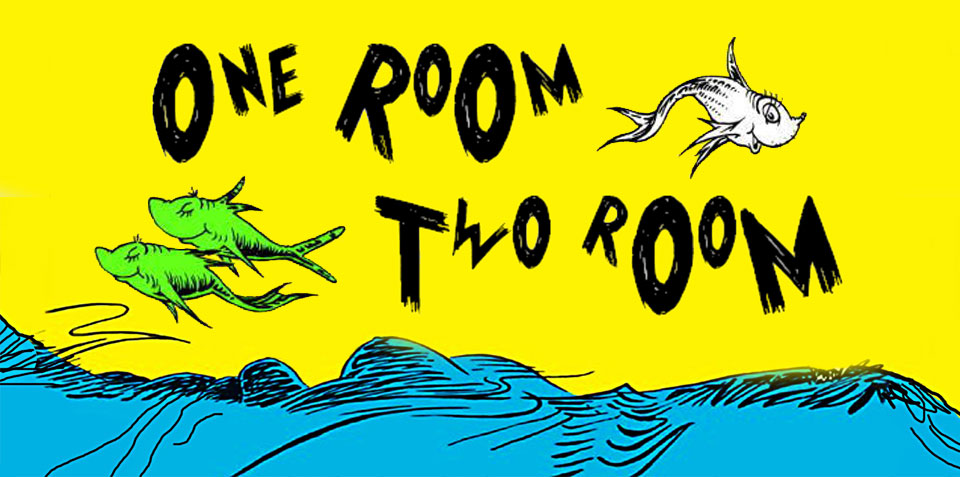The more escape rooms I play, the more I notice the differences between the multiple styles. All games are different—different themes, different kinds of puzzles. Previously, I wrote about the distinction between linear and non-linear games. However, there’s also a big difference between games that are one room and games with multiple rooms.
Single rooms are pretty much implied in the name—it’s “Escape the Room,” not “Escape the Rooms.” Since the reality experiences were modeled off the video games, almost all of them started off as one room. It can be a lot easier to think when everything is in front of you at the same time. And I imagine it’s a lot easier to program that way too! Because the first escape games were single rooms, we refer to them as “Generation One” games.
These are usually more linear games that confine players to one space for the duration of the hour. As a player, that can be appealing because you know exactly what you’re getting the moment you start the game. You can assess the number of locks, and budget your time accordingly. One of the worst feelings in a multiroom game is feeling pressed for time, opening the next door, and finding out you still have about ten combination locks to work on. A single room game leaves no room for that moment of awful surprise.
Having one room in the game also lends itself to a bunch of awesome themes. How often do you find yourself trapped in a place that still allows you to wander between different rooms? Being confined to one room really emphasizes that thrill of being trapped, which a lot of games capitalize on. Prison escapes are one very popular option, along with abduction or criminal themes. (You can check out our very own Prison Break here!)
Of course, once escape rooms started getting more popular, escape artists realized that they needed to up the ante. How do you make your game bigger and better? Well…you make it bigger!
Most groups are ridiculously excited when we tell them that the game they’ll be playing has multiple rooms. That’s because it focuses a different kind of fun. If one room games emphasize that pressure of being trapped, mutliroom games emphasize the joy of discovery. They ensure that even after you’ve been playing one game for twenty or thirty minutes, there’s still something left for you to find.
There are two things that I personally love about multiroom games. The first is that they allow you to get a fresh perspective. Anyone that has ever had to work on anything knows how much good a break can be. If you need to read something, for example—whether it’s a report for work, a long email, or a book for school—once you’ve been sitting in one place for too long, it becomes hard to focus. Multiroom games are the equivalent of picking up your book, and going outside to read it in the sun. It’s still the same book, the same puzzle, but sometimes changing your location helps wake your brain up. It prevents you from becoming idle and rerunning through the same couple of ideas.
And as a game designer, I love multiroom games because it means I can be more creative!
“If we’re going to break into a temple, why just have one room of hieroglyphs? Let’s have an ancient tomb! Let’s have a treasure room! How do we get between those rooms? Oh my gosh! Let’s build a secret tunnel!”

Pictured: Me with a new idea.
It’s just as exciting to make a multiroom game as it is to play one. For me, it actually might be more fun!
Single room games and multiroom games both have their advantages, and sometimes they lend themselves to different ideas. Do you have a preference between one room games and multiroom games? Let us know in the comments!
